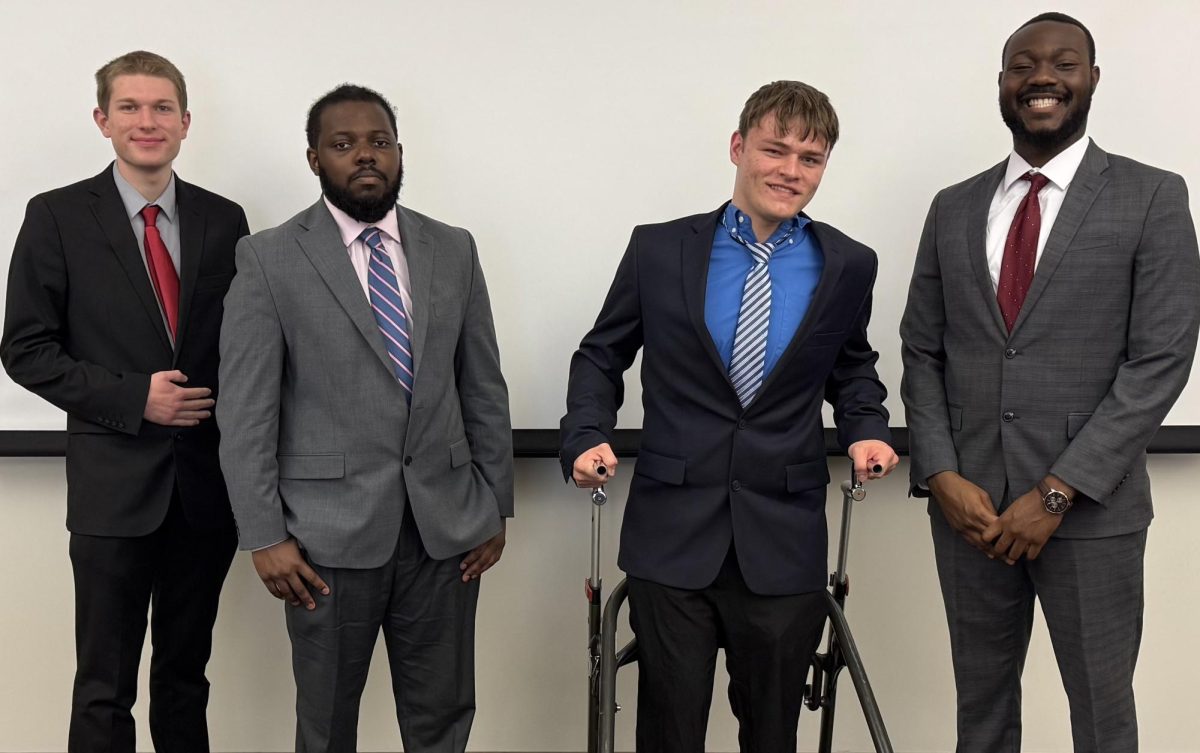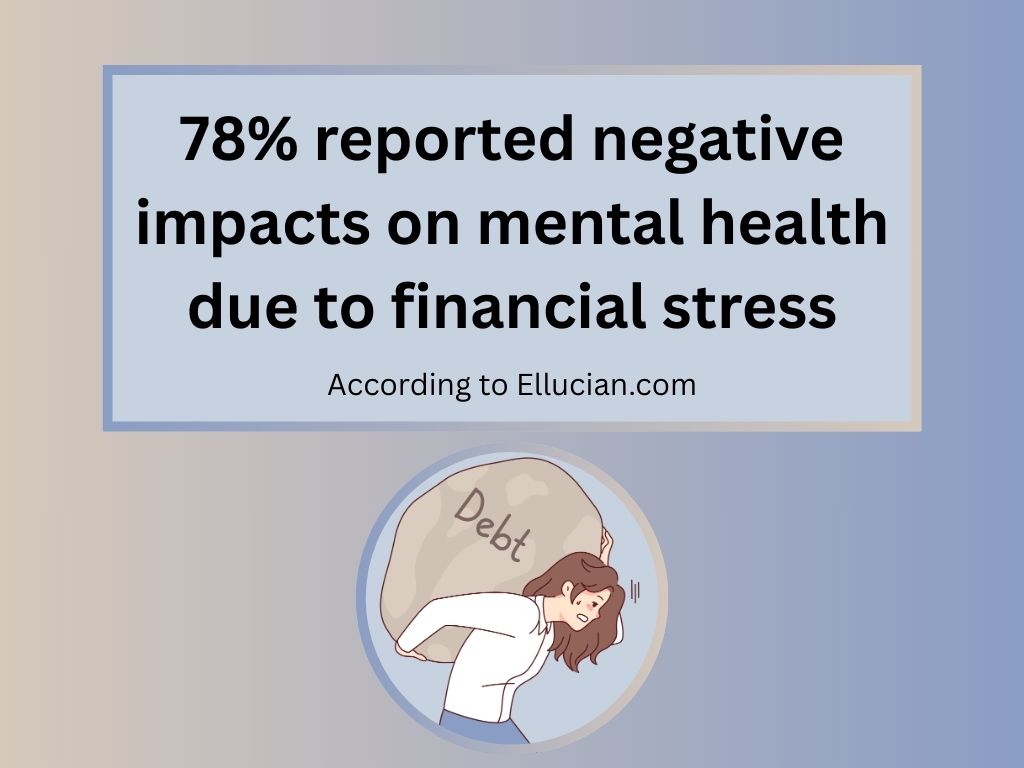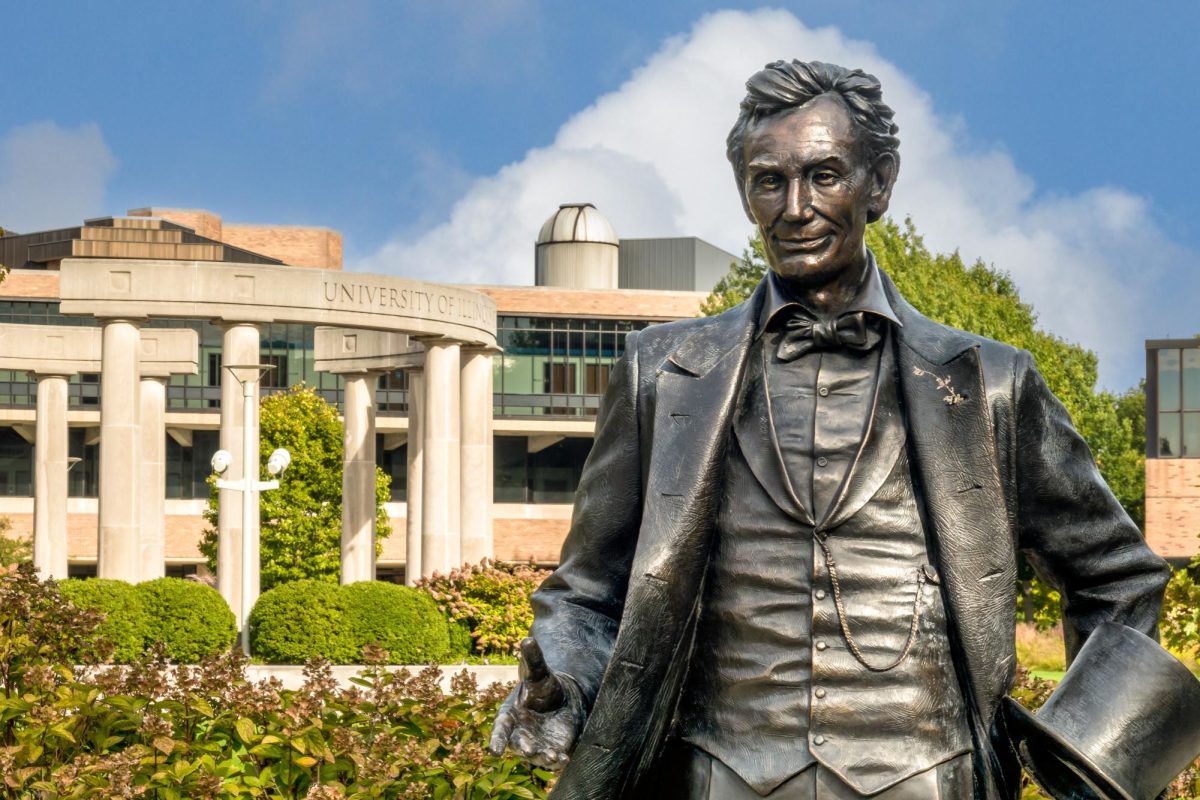The fight for MAP Grant funding
Students argue their case at the capitol
October 21, 2015
Tuesday saw college students gather from across the state to lobby their state representatives in hopes of ending the gridlock in the capitol which has ground funding for higher education and students to a halt.
Student representative to the University of Illinois Board of Trustees Dominique Wilson, UIS Student Government Association (SGA) President Josh Lawson, and University of Illinois at Urbana-Champaign Student Body President Mitch Dickey all played key roles in staging and organizing the event.
As concerns grow over Monetary Assistance Program (MAP) grant funding, and, before that, Gov. Bruce Rauner’s proposed 31 percent ($209 million) cut to higher education funding, Wilson, Lawson, and Dickey see the exacerbating circumstances as merely the most intense round of a long-standing argument on the question: How much money should the state supply for the purposes of higher education?
Wilson argued that “the hope is urgency,” posing the question to his fellow students: “Do you want your education funded next semester? Do you want to see your friends next semester?”
The issue is one that looms large and, he suggests, manifests itself dramatically, as in his example of student debt, an issue he feels is significant enough to warrant a comparison to the housing crises.
“Efforts thus far have not been enough,” Wilson said, thus necessitating Tuesday’s lobbying effort, to expose state legislators on both sides of the aisle to the impact that the state’s budget decisions are having.
State funding of universities has declined nationwide, a May 1, 2015 Center on Budget and Policy Priorities study reports, further noting that the effects of the recession have accelerated this trend.
But the question has become more pressing in recent months, fueled by Gov. Rauner’s proposed cuts and the unfunded MAP grant awards.
Carolyn Shloemann, the acting director of the UIS Office of Financial Aid, explains that last year 815 students receive a combined award of $2,634,005.85 for an average award of about $3,232 per student.
“The university made the decision for the fall semester to go ahead and apply the award amounts to the students for the fall semester knowing we did not have a state budget in place,” she said.
Universities across the state have done the same, but there are now serious questions as to whether they can afford to add another semester of unfunded awards, which, without a budget, do not have a set allocation from which awards can be calculated.
If the spring MAP awards are credited (which could be prohibitively expensive), but the allocation shrinks, students could be on the hook for the difference. For now, Shloemann noted, “UIS has not made a decision about the spring semester.”
Dickey, who is responsible for turning what was planned as a much smaller effort into one including hundreds of students, expressed a belief that the current question “is the most important thing in the history of higher education in the state of Illinois.”
He views higher education as “an essential part of the state,” but believes the current failure of allocation represents a statement by the state government that “higher education does not matter.”
Dickey posited that the trend of decreasing state funding for higher education over the past decade is leading to an inexorable future in which the state provides no funding to higher education unless action is taken to combat the situation.
Should Tuesday’s lobbying effort fail to spark immediate movement on the question of higher education funding, Lawson elucidated the next steps. Lawson noted that in the spring UIS will conduct a “lobby day” which will include efforts on behalf of the cause of higher education allocation.
Following that, Lawson and the UIS SGA are putting together a phone-back operation across numerous campuses statewide, the objective being, he said, to “really just [keep] their phones all tied up all day, every day so that their staff is so angry, that they’ll take some action and pass a budget.”
Wilson, Dickey, and Lawson all agree that Tuesday’s event is an important step, both for the purposes of communicating what they consider to be the precarious and threatened existence of many students’ educational careers, as well as being a means by which students can raise their voice in the debate.
Wilson, a senior, speaks of a personal motivation for his active participation in putting on Tuesday’s events: “My time is limited, but it still has to be valuable. I want students to recognize that they do have a voice, that they can create action. I want to show them how to do it.”
With the wider participation and variety of voices, Lawson characterized Tuesday’s effort thusly: “In terms of definitive steps, this is the first big one.”
This article was completed prior to Oct. 20. A report on the day’s activities will be forthcoming.













